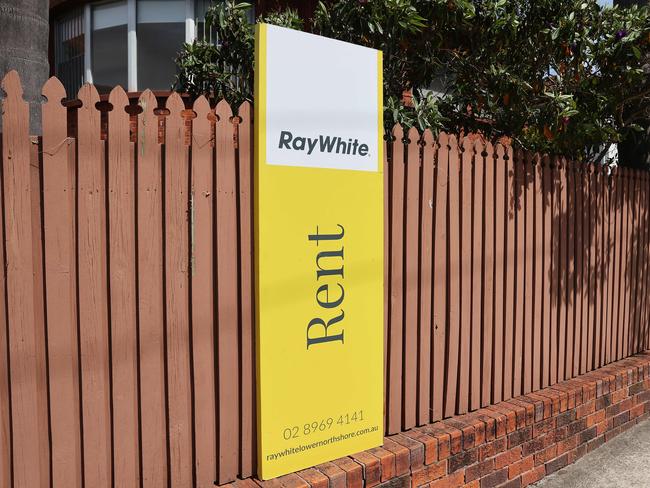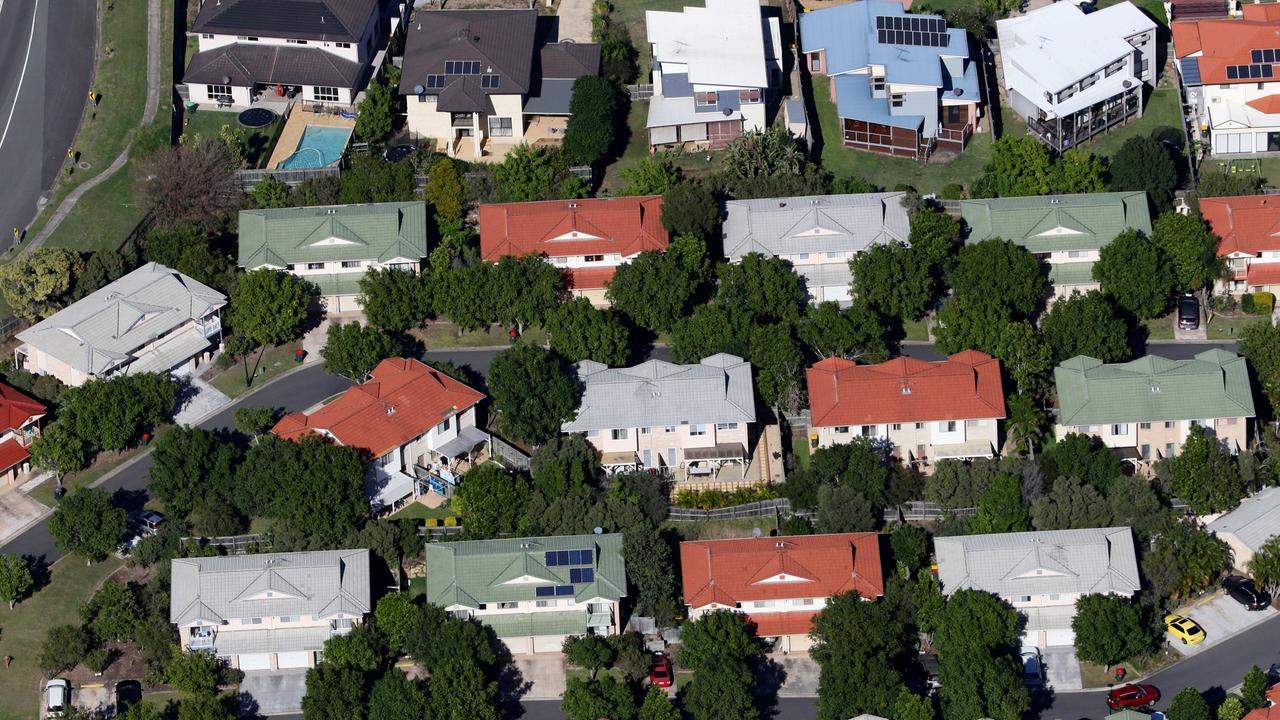How landlords are contributing to our rental crisis
Calls are being made for urgent changes to the rental market amid revelations most investors support tenants’ rights but other factors are a disinvestment ‘trigger point’.

Property
Don't miss out on the headlines from Property. Followed categories will be added to My News.
The recent calls by the Australian Greens for a freeze on rent rises for two years, and then capping future rental increases to 2 per cent, have been rebuffed by governments.
For good reason as some peeved landlords would exit the market, making the rental shortage even worse.
There is already an unhelpfully high churn rate among landlords, according to recent research in a collaboration between UNSW Sydney, Swinburne University of Technology and the University of South Australia.
Its analysis of Sydney rental bonds confirmed concerns about the typical landlord’s longevity in the market.
Of the properties rented in 2000, 32 per cent were not in the rental pool five years later, and 44 per cent were no longer there after 10 years.

Some 49 per cent of properties were no longer there in 2015, and 54 per cent were no longer there 20 years later.
Some of these rentals will have become owner occupied, others converted into short term tourism accommodation, some sadly left vacant, and others will have been simply sold by the in and out investor.
It is obvious to all that the market needs investors to stay longer, just as we need rental terms to last longer than the current typical six or 12 month tenures.
MORE: Sydney leading Australia’s home price recovery, according to PropTrack
Interestingly the research showed more than 25 per cent of landlords exits occurred after a tenancy departure, so for some reason it appears to be a trigger point.
When investors decide to invest, capital gains and prospective rental income are the most important reasons, the report noted. But interestingly the research suggested that heightened regulation of tenancy rules had not had a severe impact on investment.
The report for Australian Housing and Urban Research Institute noted rental bond analysis shows no evidence of landlord exits in response to tenancy law reform in New South Wales or Victoria.
It looked at the impact of the NSW Residential Tenancies Act 2010 and the 2015 Victorian Fairer Safer Housing review.
While the prospect of reforms caused some would-be investors to pause, the tenancy law reforms did not cause landlords to disinvest.
It noted residential tenancy reform lacked national co-ordination, with significant differences in the five decades since the basic model was first outlined in the Commonwealth Inquiry into Poverty (1975).
The research found a majority of investors support their tenants feeling they can make their dwelling their home and stay as long as they choose. They also support tenants being able to keep pets, and landlords being required to maintain dwellings to minimum standards.
It concluded the Australian, state and territory governments should establish a new national tenancy law reform agenda.
“The agenda should centre on housing rights and reject the disinvestment threat,” the report said, adding “if landlords were to leave the sector because they cannot meet standards, it is a good outcome.”





